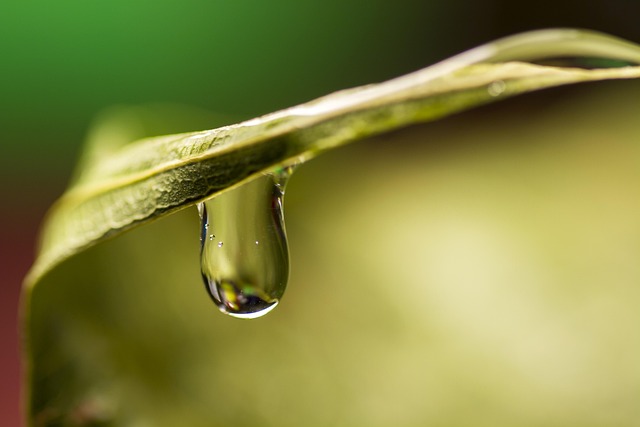Harmonizing Urban Life: Exploring Ecological Greening in Community Design
In today’s fast-paced urban environments, where concrete and steel often prevail, the necessity for greening our surroundings has become more critical than ever. The movement toward urban green design is not just a trend; it is an essential step towards nurturing a more harmonious relationship between humans and their natural surroundings.
Embracing Nature in Our Communities
Imagine walking through your neighborhood and being enveloped by the sights and sounds of nature. From flowering plants to vibrant trees, an ecological environment can transform dull cityscapes into flourishing habitats that foster joy and connection. Communities that prioritize greening create spaces for both relaxation and inspiration. Gardens, parks, and green roofs not only beautify the area but also improve air quality, enhance biodiversity, and mitigate the urban heat island effect.
The Benefits of Urban Greening
The impact of integrating green spaces into urban design is profound. The presence of plants and trees can significantly reduce stress, promote mental well-being, and encourage physical activity among residents. Community gardens, for example, provide not only a source of fresh produce but also a space for residents to cultivate relationships and engage in sustainable practices. These green havens become gathering spots where neighbors come together to learn, share, and celebrate the beauty of nature.
Gardening: A Collective Effort
Community gardening initiatives have sprouted in various urban areas, demonstrating the powerful connection between gardening and community building. By collaborating to nurture a shared garden, residents not only cultivate the land but also cultivate relationships. This collective effort fosters a sense of ownership and pride, as everyone contributes to the cultivation of their shared ecological environment. Through gardening, individuals can experiment with local flora, understand seasonal cycles, and appreciate the benefits of biodiversity.
Eco-Friendly Solutions for Urban Design
As we seek to incorporate more green elements into our urban landscapes, eco-friendly solutions should take center stage. Sustainable materials, efficient water management, and the incorporation of native plant species are key components of urban green design. By working with nature rather than against it, cities can create resilient ecosystems that thrive amidst urban pressures. Green infrastructure such as bioswales, rain gardens, and permeable pavements allow cities to manage stormwater effectively while adding to the overall green aesthetic.
A Call to Action
Every community has the power to embrace the principles of ecological greening and urban green design. Whether it’s through an initiative to plant trees, create a community garden, or support local conservation efforts, each contribution matters. As urban dwellers, we hold the responsibility to foster environments that promote both ecological and community health. Let’s come together to breathe life back into our urban landscapes and cultivate spaces where nature and community coexist in harmony.

